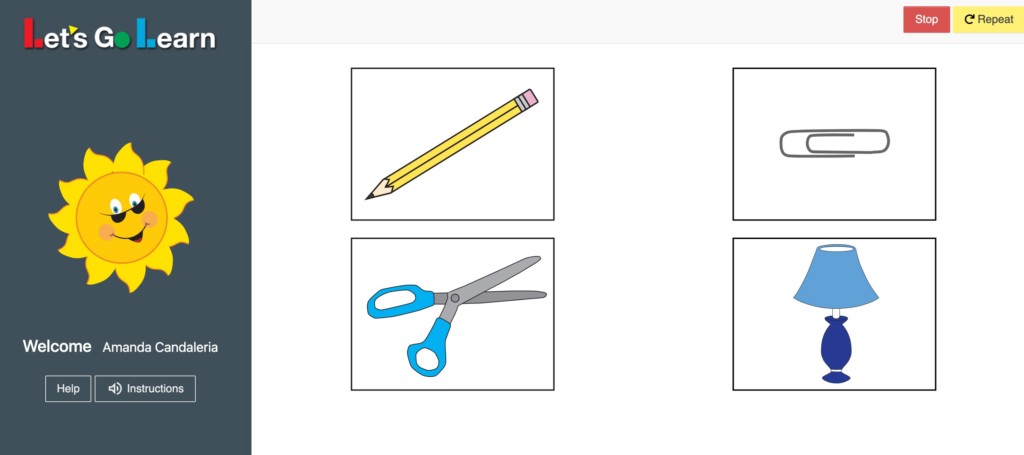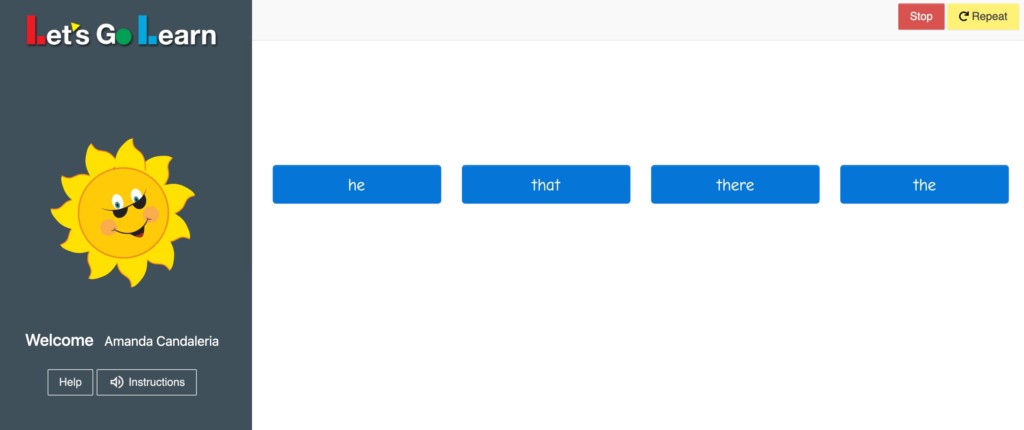Whether you are a seasoned Let’s Go Learn user or a brand new user, you should have as many implementation ideas as possible at your fingertips throughout the school year to address learning loss. Having a solid plan in place will help keep you on target. What are your initiatives (district-wide, school-wide, grade-level, etc.)? Do you have classroom goals that you are striving for? Individual student learning goals? How can Let’s Go Learn help you achieve these goals?
Let’s Go Learn offers multiple educational tools to help teachers and administrators adopt strong instructional practices, beginning with comprehensive diagnostic data. Administering DORA, ADAM, or DOMA will provide teachers with the greatest amount of information about their students’ learning strengths and weaknesses, and pinpoint what students are ready to learn next.

Using Let’s Go Learn’s comprehensive
diagnostic tests only
If you are working only with our comprehensive diagnostic tests:
- Pull reports and review data in PLCs- Whether you have common planning periods with same-grade teacher peers or whether you work with cross-grade peers, it is important to review your student data.
- Find the greatest gaps- Use DORA, ADAM, and DOMA data to determine common areas that need the greatest amount of attention. Addressing the lowest-level gaps first can benefit students tremendously.
- Choose appropriate interventions- Use diagnostic data to choose the correct interventions based on what students need in both reading and math.
- Pull reports for flexible grouping- Finding commonalities within reading and math data can help you better create flexible groups. Let’s Go Learn offers Instructional Placement Reports for math and phonics and the Class Profile Report for reading. If you are using leveled readers at your site, Let’s Go Learn offers the Reading Estimated Equivalency Report.
- Bring students into the process- Set time aside to go over student data with your students. They will benefit tremendously from conferencing with their teachers and reflecting on their data. You can also help guide them to set personal goals in both reading and math.
For over 20 years, Let's Go Learn has been offering best-in-class, personalized assessments in reading and math. See for yourself!
More info...Using Let’s Go Learn’s comprehensive
diagnostic tests and personalized instruction combo
If you are using Let’s Go Learn’s comprehensive diagnostic tests and personalized instruction combo:
- Use data for creating flexible grouping- Create small groups in reading and math and identify those students who will benefit most from personalized learning.
- Be creative with times for personalized instruction- Personalized instruction does not have to look the same each week. Use it during small-group instruction (on a rotational basis) or create an intervention hour after school, before class starts, on lunch break, etc.
- Help students set goals- Depending on how many gaps your students have, it is important that they have a weekly or monthly goal to work towards. (How many lessons should they complete weekly?) Celebrate when they reach those goals!
- Monitor use- While our instructional platform is designed to meet students at their zones of proximal development, this does not mean that students will not get stuck on a lesson. Let’s Go Learn encourages teachers to make sure that students are doing well and that they are engaged in their lessons. It is also important to ensure that goals are being met.
- Measure growth- Are students improving? Set time aside mid-year or mid-session to reassess and see how much students have improved. Run Pre/Post Gains Export for your class or Progress Monitoring Charts for your individual students.
- Have an extra assistance plan in place- If you notice that students are struggling with a lesson, do you have a plan in place? Do you watch them to see why they are having a challenging time? Do you take them off their personal devices and deliver a mini-lesson before having them continue?
Filling in learning gaps can look different in each classroom and situation. While your plan will be unique to you and to your students’ needs, starting with a comprehensive diagnostic test will deliver the greatest amount of information and insight about how best to meet student needs in reading and math.

Resources
Links to several sample reports:
ADAM Average Skills Gap Report
ELA Edge Demonstrated Gains Report
DORA Phonics Instructional Placement Report


Leave A Comment